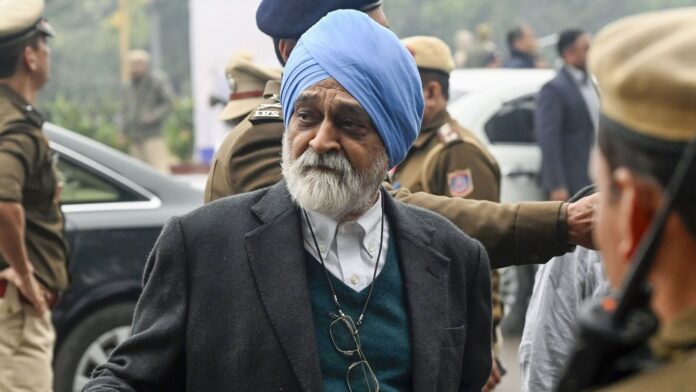The specific benefit he sees arising from new states is the creation of new cities as capitals of the new states, or the expansion of existing towns into larger ones to take on the new role as administrative centres that also often end up serving as business hubs. Additionally, this restructuring could improve governance, resulting from shortening the distance – physical as well as in terms of the chain of command — between the state headquarters and the administered units.
After the reverse migration of people from towns to villages during the pandemic, rural populations have been broadly reluctant to return to the distant towns that had offered them jobs and higher incomes. These better prospects remain attractive, but the risk that they would be left high and dry in the event of another pandemic or severe natural disaster makes them prefer the relative security of assured subsistence in rural areas, where kinship networks can support multiple individuals sharing the workload.
Establishing a new state and a new state capital would reduce the risk of serious harm in case of a man-made or natural disaster — the travel back home to the village would be shorter, should such a return to the village become necessary.
Also Read: Why L&T’s Subrahmanyan should worry more about supporting migrant workers
Towns drive growth, in a way rural areas cannot. They are clusters of people of diverse skills, whose potential for collaboration might be latent and remain dormant till chance interactions between skilled individuals unveil new possibilities of creativity. This is the principal reason and not just the low productivity of agriculture, why towns are the engines of growth of the world economy. Virtual connectivity is good at building on existing relationships and sparking new emotional ties, but questions of trust and the absence of tangible presence make building new business projects on the basis of virtual ties difficult.
This restructuring could improve governance, resulting from shortening the distance – physical as well as in terms of the chain of command — between the state headquarters and the administered units.
Urbanisation is measured as the proportion of the population living in towns, rather than in rural areas. The average level of urbanization in the world is 57%. For the OECD group of rich countries, the figure is 82% (for the UN classification of high income countries, the level of urbanization is 81%).
Low and middle-income countries have an urbanization level of 52%. The figure for lower-middle-income countries is 42%, and that for low-income countries is 35%. In 1980, when China was breaking the communal pot and launching privatization and other economic reforms, its level of urbanisation was 19%. By 2023, it had risen to 65%.
India’s current level of urbanization should be 35-36% — precise measurements await the next census. If India is to become 50% urban by 2050, the urban population would have to grow from the current 500 million to around 830-850 million. That is, at least the urban population would have to grow by two-thirds.
Can we imagine this additional population squeezing into the existing towns, without making them wholly dysfunctional? India desperately needs new towns. Depending on the kind of population density we plan to have, India will need to build new towns over 16,000-20,000 sq km of area.
Also Read: Budget emphasis on urban governance could benefit workers living in small towns
New towns, new growth
New towns have the advantage of being better planned to minimize energy consumption on commutes and temperature control. They can enhance climate resilience by preventing the formation of heat islands and effectively managing stormwater from heavy rainfall or flooding. Additionally, new towns can improve public safety and health by avoiding the development of slums and ghettos, and by implementing public health measures such as efficient water supply and sewage treatment systems.
New towns should ideally have a university and an airport attached to feed the knowledge economy and provide swift connectivity. Building the new towns and connecting them to existing ones via road, rail, and air offer tremendous growth opportunities, without taking into account the economic activity that would flourish inside the new towns that come up.
If such town building is taken up in real earnest, the demand for steel, cement, paint, construction machinery and workers, glass and furniture would go up dramatically.
Where is the capital for all this going to come from? Proper public-private partnership policy can not only release land from farmers, as was achieved in Andra Pradesh’s capital Amaravati until cynical politics by the subsequent government short-circuited that process, but it can also mobilise capital from savers across the world and from Indian investors through real estate investment trusts (Reits) and other exchange-traded funds.
Ahluwalia’s proposal must be welcomed, even if dividing large states into smaller ones might be politically fraught. New towns needn’t all be new capitals, either. States could zone new urban centres to create new growth hubs in areas that have been neglected by the political mainstream so far. Political entrepreneurs could build support, as leaders of the Telangana Rashtra Samiti did, to advocate for new states and the development of new towns.
Ultimately, India’s economy would be the net gainer.
#Montek #Singh #Ahluwalia #India #states #cities
